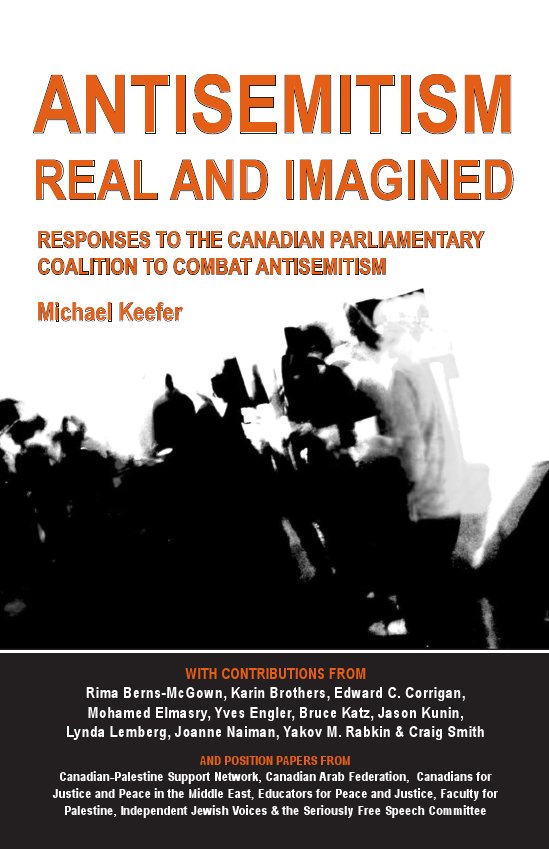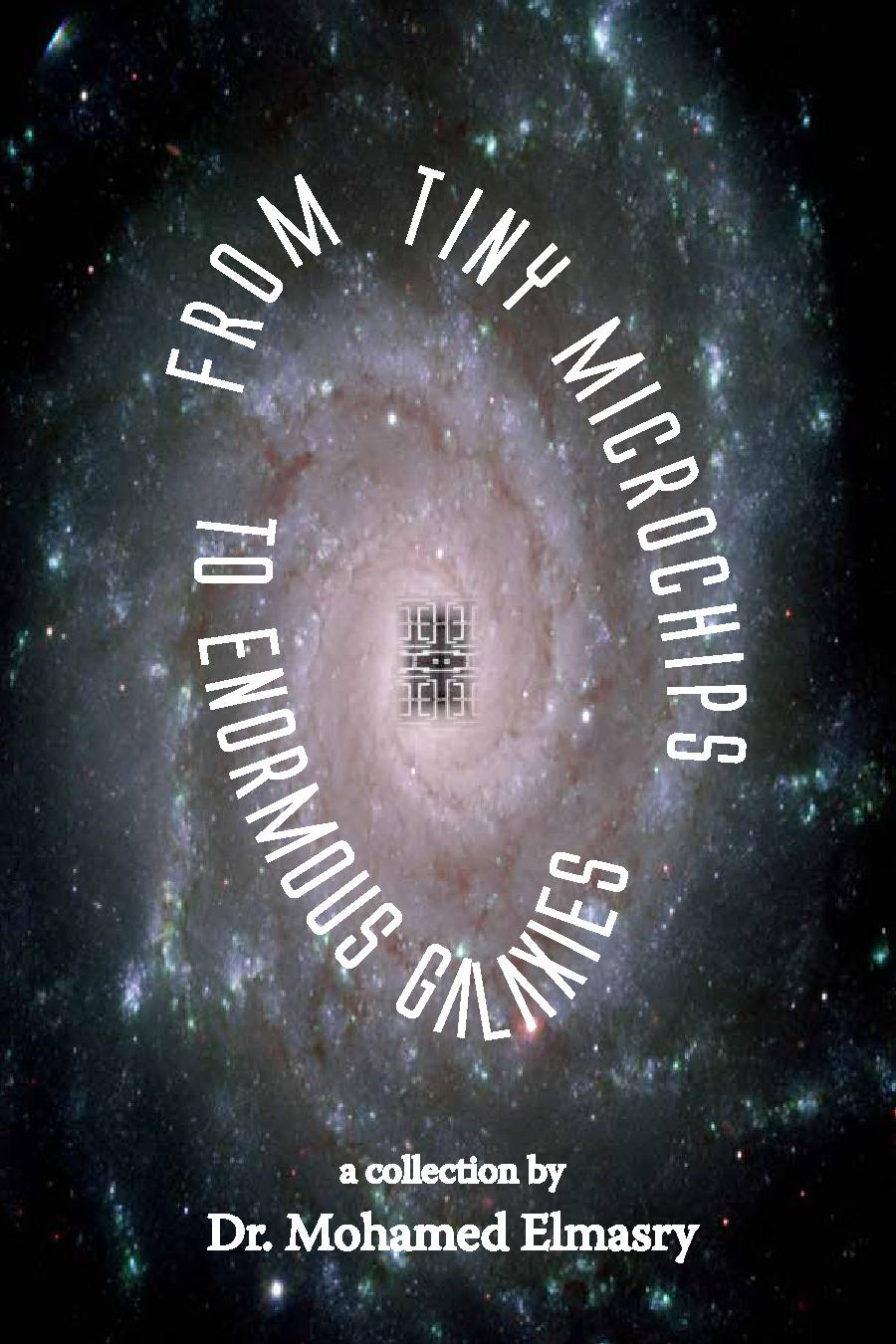September 5, 2011
9/11: Are all the facts in?
Antonia Zerbisias
More by this author...The official story is now carved in stone, part of America's sacred history, accepted as gospel truth: despite repeated warnings by CIA and FBI field agents, 19 Muslim men who had taken a few flying lessons boarded four jetliners, commandeered the cockpits and, at high speeds and low altitudes, crashed the planes into Manhattan skyscrapers, murdering some 3,000 people.
But some, calling themselves “truth activists,” still have questions they want answered about that day.
Retired McMaster University professor Graeme MacQueen is one of them.
He has helped organize the International Hearings on the Events of September 11, 2001, a four-day event taking place at Ryerson University from Sept. 8 to 11.
Meanwhile, on the other side of town at Toronto's Royal Cinema, another leading critic of the official story will be hosting the Citizen Investigation Team's multi-media presentation of events at the Pentagon.
It purports to prove that it “was the result of a carefully planned and skillfully executed military deception,” not a surprise attack by kamikaze hijacker pilots, says former Vision TV host Barrie Zwicker, author of Towers of Deception: The Media Cover-Up of 9/11.
Ten years on, “truth activists” still have hundreds of questions.
Here are five.
1. Why the lack of transparency?
The most extensive reports were produced by the U.S. government's Joint Inquiry of the House and Senate Intelligence Committees into 9/11, the 9/11 Commission, the National Institute of Standards and Technology (NIST) and the Federal Emergency Management Agency (FEMA).
All have come under fire.
The joint commission's report was delivered with redacted pages referencing Saudi Arabia. Recently, co-chair Senator Bob Graham wrote on the Daily Beast website that “questions of the full extent of the Saudi pre-9/11 involvement” remain unasked, and unanswered.
But the best-known example of the lack of transparency came when, after many delays and considerable wrangling, Bush and then-vice-president Dick Cheney finally appeared before the 9/11 commission, without swearing an oath, completely off the record.
Co-commissioners Thomas Kean and Lee Hamilton would later reveal in their book Without Precedent that their report was highly political in that it was written by consensus, with great difficulty gaining access to relevant documentation, and had to be delivered well before the 2004 election.
2. Why didn't National Institute of Standards and Technology test the debris for explosives?
“Why did the City of New York not release the transcripts of these interviews for years, and then only after The New York Times vigorously pursued a Freedom of Information request?” asks Zwicker.
3. What happened to Building 7?
At 5:20 p.m. on 9/11, the 47-storey 7 World Trade Center collapsed — even though it had not been struck by a plane. Fortunately, it had been evacuated.
This was not mentioned in the 9/11 Commission report. Several years later, NIST reported that the skyscraper, north of the two target buildings, was hit by debris and, after burning for hours, pancaked into dust.
“Truth activists” reject that explanation, claiming that the building was taken down in a “controlled demolition.”
Families of 9/11 victims have launched a million-dollar 10th anniversary advertising campaign to Remember Building 7 to lobby for an investigation.
4. Who benefited?
The War on Terror became a bonanza for arms manufacturers, military trainers, and security and surveillance companies, the entire U.S. military-corporate complex.
Chief among them is Halliburton, whose CEO was Cheney until he became Bush's running mate in 2000. In 2003-2006 alone, it earned $17.2B in Iraq-related contracts.
According to defense department figures compiled by Corey Pein for his website warisbusiness.com, U.S. arms agreements sales worldwide have climbed 150 per cent since 2001.
5. Is there a conspiracy to silence conspiracy theorists?
Non-believers in the official story are often called “truthers,” “moonbats” and “conspirazoids.” University of Westminster psychologist Viren Swami, who has been studying why people subscribe to conspiracy theories, understands why.
“A conspiracy in its very act is an undermining of the establishment status quo,” he says on the phone from London.
“If the authorities have an explanation of an event and people don't believe in that explanation, it erodes their trust in government and mainstream politics. There will be a backlash. In America it was particularly obvious because the patriotism, the extreme conservatism, rebounded against conspiracy ideation or ideology.”
The Toronto Star.







